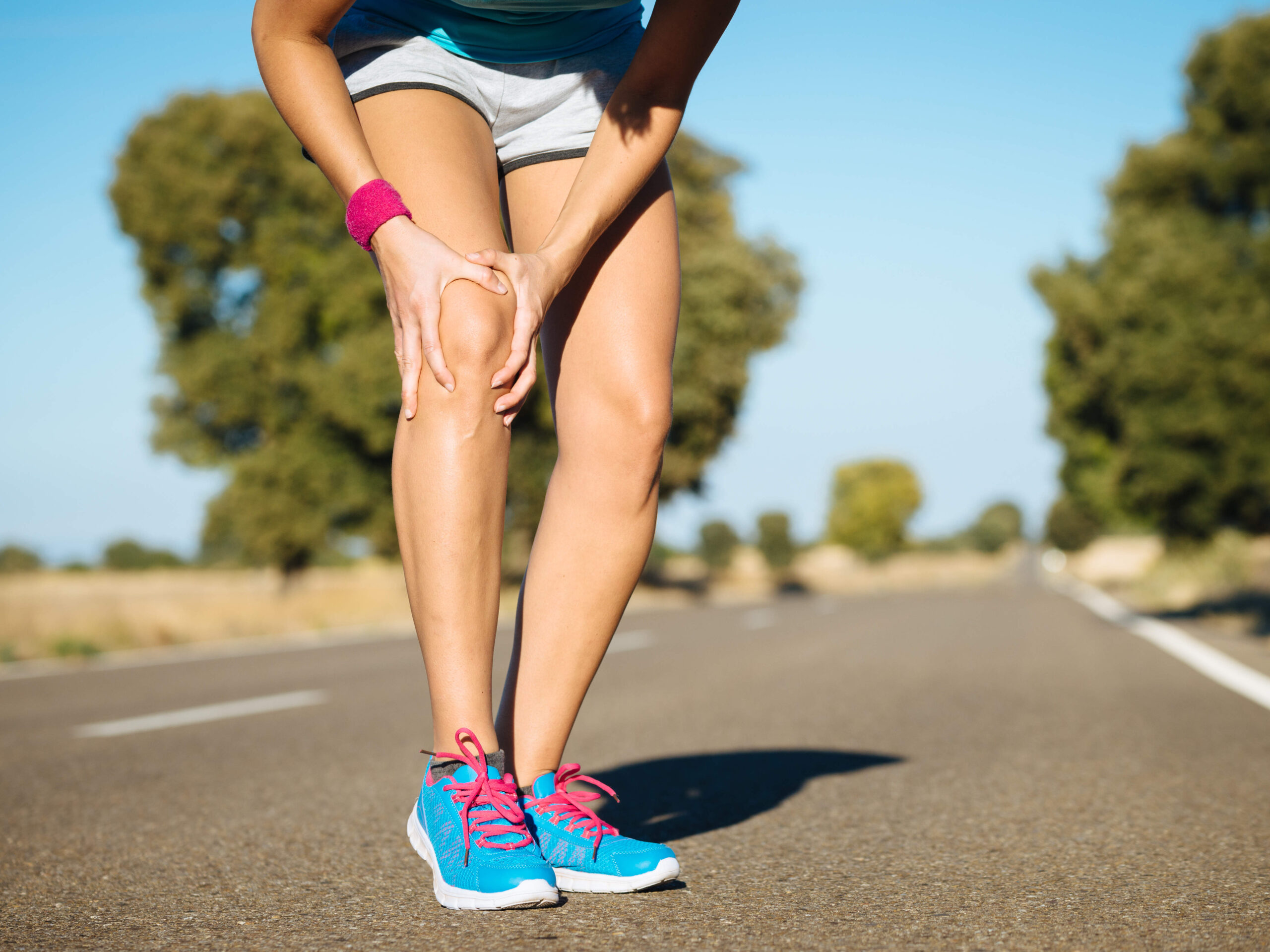A Common Cause of Knee Pain
Patellofemoral Pain Syndrome (PFPS), also known as Patellofemoral Dysfunction or Runner’s Knee, is one of the most frequent sources of knee pain we see in the clinic. It doesn’t just affect runners — it’s common among walkers, gym-goers, teenagers going through growth spurts, and people who sit for extended periods.
Understanding the condition and how to treat it can make a significant difference in long-term knee health and comfort.
🔍 What Exactly is PFPS?
PFPS is pain that originates from the joint between your kneecap (patella) and the thigh bone (femur). This joint plays a crucial role in activities like squatting, climbing stairs, running, or even getting out of a chair.
In a healthy knee, the patella glides smoothly within a groove on the femur. But with PFPS, this movement becomes irritated, painful, or mechanically dysfunctional — often due to muscle imbalances, joint misalignment, or repetitive strain.
⚠️ What Causes Patellofemoral Pain?
There isn’t usually one single cause — it’s often a combination of the following:
1. Muscle Weakness or Imbalance
- Weak gluteal muscles and hip stabilisers can cause poor control of the thigh, allowing the knee to collapse inward (valgus position).
- Weak or delayed firing of the vastus medialis oblique (VMO) muscle — part of the quadriceps — can alter patellar tracking.
2. Tight Muscles and Soft Tissues
- Tight quadriceps, hamstrings, iliotibial (IT) band, or hip flexors can pull the patella out of alignment.
- These restrictions increase joint pressure and friction with movement.
3. Foot and Ankle Mechanics
- Overpronation (excessive inward rolling of the foot) can change the angle at which forces act on the knee.
- Reduced ankle mobility can also affect squat or walking mechanics.
4. Poor Movement Patterns
- Squatting or lunging with poor technique places unnecessary stress on the kneecap.
- Sitting or driving for long periods with knees bent can aggravate symptoms (known as the “moviegoer’s sign”).
5. Training Errors
- Rapidly increasing running distance, intensity, or changing surfaces without adequate preparation.
- Wearing worn-out or unsupportive shoes.
📋 Typical Symptoms of PFPS
- Aching or sharp pain at the front of the knee, often around or behind the kneecap
- Pain during:
- Climbing or descending stairs
- Squatting or kneeling
- Running (especially downhill)
- Sitting for long periods (with knees bent)
- Grinding, clicking, or popping sounds with knee movement
- Occasional swelling or feeling of instability
🏃♀️ Why is Physiotherapy Essential for PFPS?
Physiotherapy is the gold standard treatment for patellofemoral pain. A physio will assess not just your knee, but your entire lower limb biomechanics to identify the underlying cause of your pain.
Here’s how physiotherapy helps:
✅ Individualised Assessment
- Analysis of walking, running, or squatting mechanics
- Muscle strength testing — particularly hips, core, and quads
- Joint mobility checks — knee, ankle, and hip range of motion
✅ Tailored Rehabilitation
- A specific, progressive exercise program to strengthen key muscles and improve knee alignment
- Stretching and release techniques for tight tissues
- Movement re-training to improve how you squat, run, or climb stairs
✅ Hands-On Therapy & Support
- Soft tissue release, joint mobilisation, and taping if needed
- Education on training load, footwear, and ergonomic adjustments
- Taping or bracing to support the kneecap if required during high-load activities
🛡️ Preventing Patellofemoral Pain
Whether you’re returning from injury or trying to avoid it, prevention strategies are key:
- 🦵 Strengthen hips and thighs – strong muscles support healthy knee tracking
- 👟 Wear supportive footwear – especially for running or high-impact sports
- ⏳ Avoid sudden training spikes – gradually increase distance, pace, and frequency
- 🔁 Cross-train – alternate between high-impact and low-impact activities (e.g., cycling, swimming)
- 📏 Practice good form – particularly during gym work, running, and daily movements
✅ Final Thoughts
PFPS can be frustrating, especially when it interferes with your daily activities or exercise goals. The good news is that most people respond extremely well to a focused, personalised rehabilitation program.
At You First Physio, we combine evidence-based treatment with biomechanical expertise to get you back on track — pain-free, strong, and confident in your knee again.
If you’re experiencing knee pain that isn’t resolving, book an appointment with one of our physiotherapists. Early assessment and intervention are key to preventing long-term issues.
If your knee pain is affecting sleep, daily tasks, or just not improving, get in touch. Our team will assess where you’re at, explain what’s happening, and work with you to get you moving again—at your pace.
📞 Call us or book online – we’re here to help.
Your knee, your pace, You First.


